In the past few years, the number of digital design tools available has grown dramatically. An industry once dominated by a few large, slow-moving companies now includes a number of nimble startups bringing wonderful innovation to the space. The benefits are clear: We now have tools that are built for digital software design–tools that are easier to use, more powerful, and even less expensive than previous models, making design work more accessible to designers and companies everywhere.
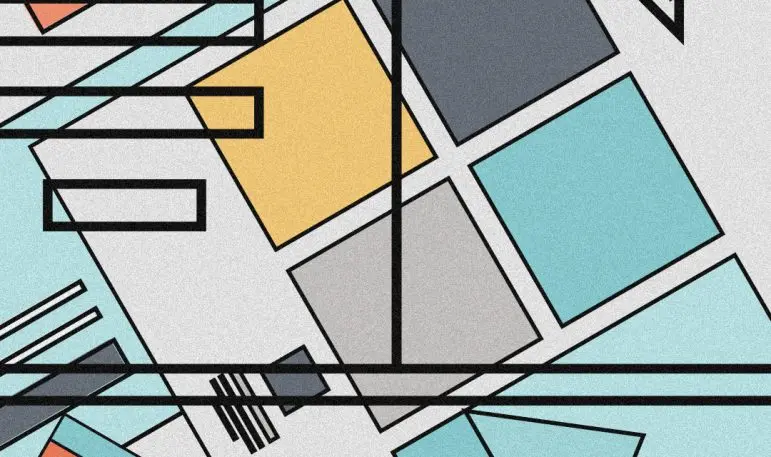
1. Choosing the right tool: With so many tools, choosing the best tool for the job has become more difficult. If you’re doing the visual design of an application, do you do it in Sketch, Framer, Figma, Adobe XD? Why use one over the other?
2. Interoperability: Even small design teams now might have designers using different tools for similar tasks. This can lead to work that has to be redone, inefficient communication, and ultimately a slower, more frustrating design process. For example, imagine a team of five where a few members use Figma while others continue to use Illustrator. How does this team save their files? How do they collaborate and go back and forth between the two tools?
3. Tool switching: Some of the new tools solve very specific parts of a workflow. This means constantly switching into different environments as you go from sketching, to visual design, to prototyping, to hand-off, to building, and to testing. That context/environment switch takes time and leads to frustration if the transition isn’t smooth.
4. Learning curves: With new tools becoming more common and existing tools updating at ever increasing rates (just look at the frequency of Framer’s updates compared to the once-a year-update Photoshop used to get), designers are constantly playing catchup to master their tool kit. This learning may take away from time that could be spent on idea generation, production work, and more.
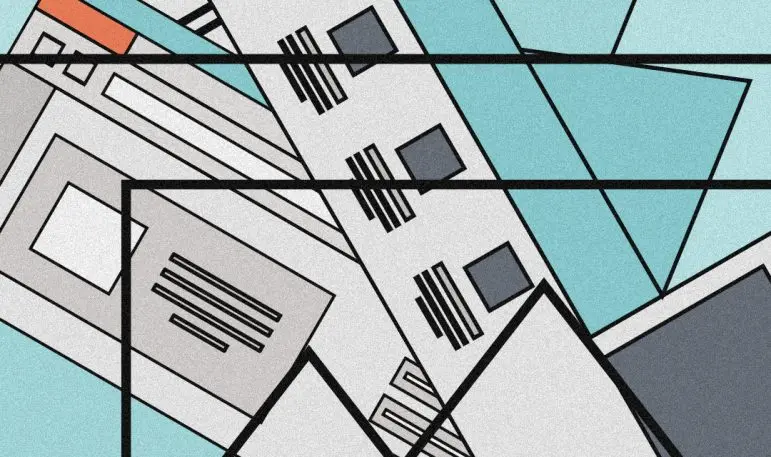
Design tool guiding principles
To combat this new set of challenges, I believe toolmakers should embrace a set of principles that will not only improve their tools, but also improve the design tool ecosystem at large to make it cohesive, accessible, and more powerful. It’s likely that companies that embrace the principles below will also improve their bottom line as their adoption will no doubt increase. The principles I’d recommend toolmakers embrace include:
Be radically collaborative
In the past, making a “proprietary file format” was one way of preventing competitors from copying your tool. But digital design tools of the future can distinguish themselves through superior execution, the ability to improve users’ workflow, and more. This means toolmakers should allow designers to move in and out of their tools into other tools as seamlessly as possible. We’re already seeing some simple examples of this like the ability to import sketch files into Framer (full disclosure: my firm Designer Fund is an investor) and Figma, which allows designers to move from visual design to prototypes seamlessly. But we need more toolmakers to let designers move into and out of their tools with as much ease and fluidity as possible.
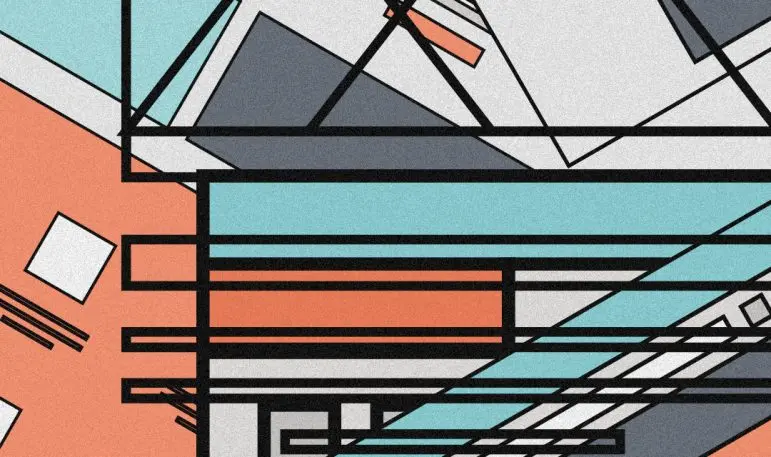
Simplify the learning curve
If we want to democratize the ability for people everywhere to create software and communicate ideas, we need to radically reduce the learning curve for the software we build. This doesn’t mean making our tools less powerful but creating onboarding experiences that are clear, creating “help” communities that are easy to access, building templates and learning guides that are current and effective, and embracing the non-designer population. If we simplify the learning curve for design tools we can have ideas that come from a much broader set of people and ideas, which usually leads to better solutions. Which leads me to my next principle:
Expand the design tent
Once you make it easier for designers to use your software, toolmakers should expand the tent to marketers, engineers, salespeople, and CEOs. The more we can help those folks give feedback, adapt a prototype, or communicate an idea, the more involved they can be in the creative process and the end result. This could mean making prototypes easier to manipulate for non-designers, considering marketing use cases for templates, making it easier for CEOs and product leads to see product development progress across an organization, or helping engineers build products.
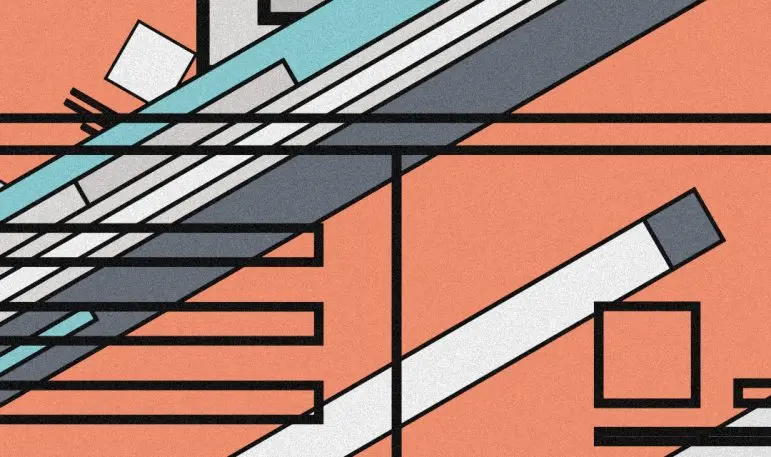
Design for the Future
The products and experiences of the next 10 years look radically different from today’s products and services. With AR andVR, offline-online experiences, connected devices, and user-generated data, our design tools need to have the flexibility to let designers envision and design for those future paradigms. For example, we invested in Framer because of its focus on a code-based infrastructure that allows it to be used for complex prototypes like AR and VR experiences. Similarly, Figma’s web-based approach enabled an API that can then connect a design tool to other products in ways the Figma team has yet to imagine. If we’re going to be building design tools we have to bake in the flexibility to help people design for the future.
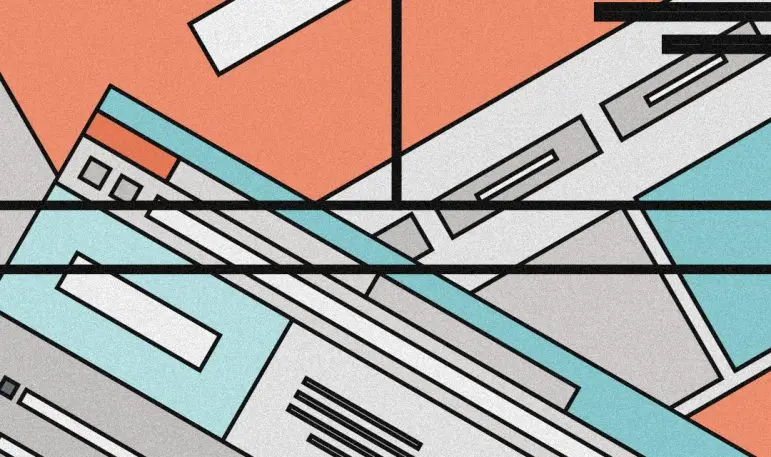
Bring design and engineering together
Unlike the gaming ecosystem where designers and engineers largely collaborate in Unity–the gaming ecosystems go-to development platform–software designers and engineers currently live in different spaces and workflows. This means a lot of manual work to go from design to engineering, lost communication in many different tools, and ultimately a longer process to create inferior products. The more design and development tools can close that gap and help designers and engineers collaborate in similar virtual spaces the easier it will be to build high-quality products and services.
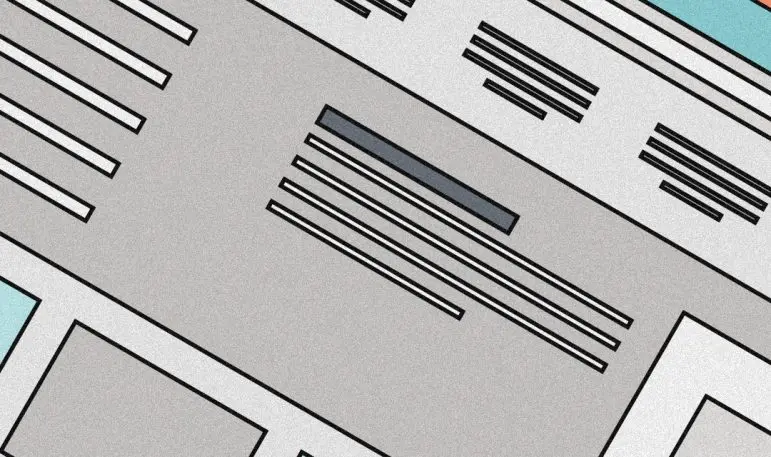
Bring on the revolution
Judging by the design and development tool landscape, we see no slow down of new tools being created. Some will succeed and become a standard while others may fail or get folded into larger companies. However, if more toolmakers adopt this shared set of principles, we believe we can help more people create software to solve our world’s biggest challenges. That’s a future any design toolmaker can be excited about.
Ben Blumenfeld is codirector of the early-stage investor Designer Fund.
Recognize your brand’s excellence by applying to this year’s Brands That Matter Awards before the early-rate deadline, May 3.